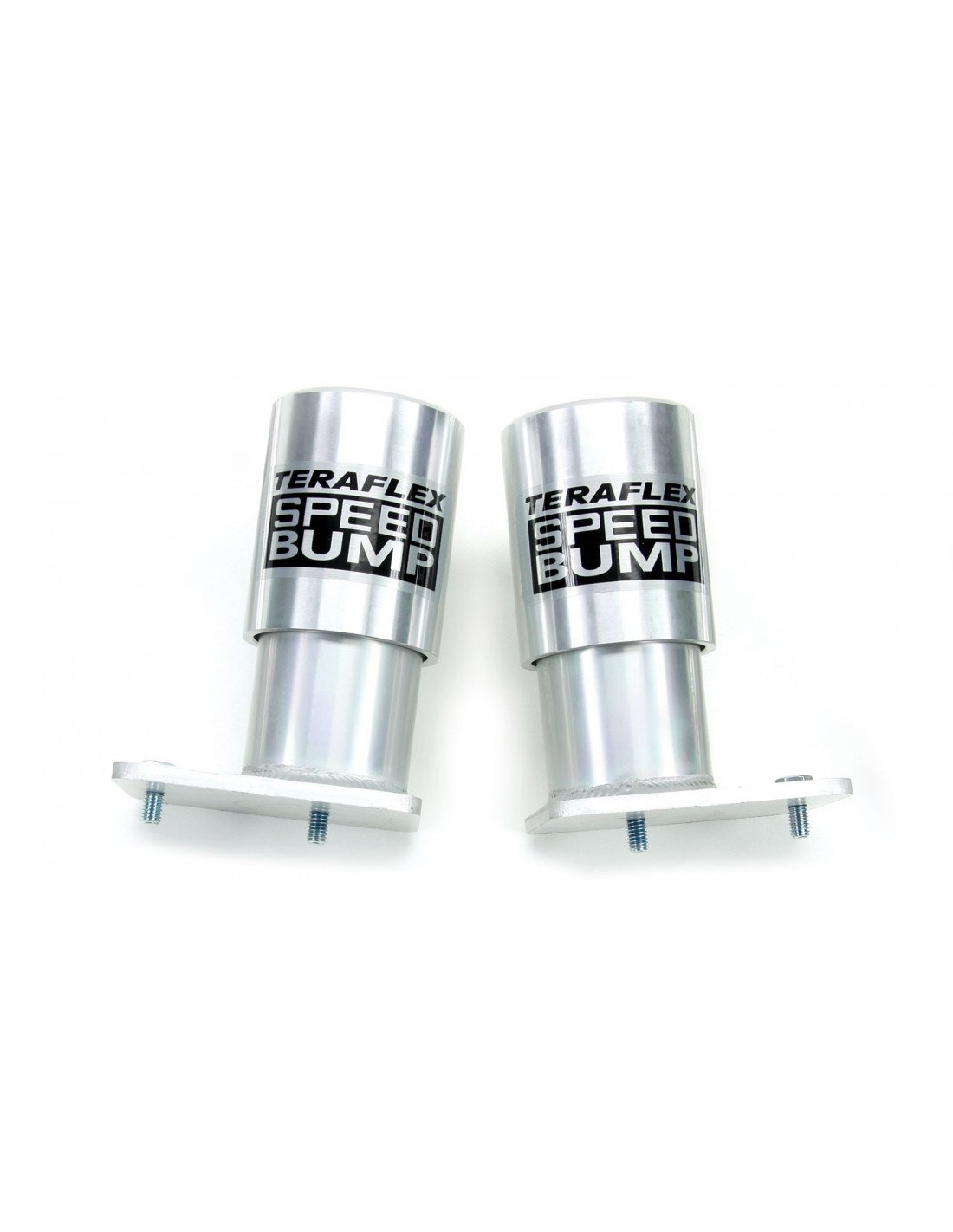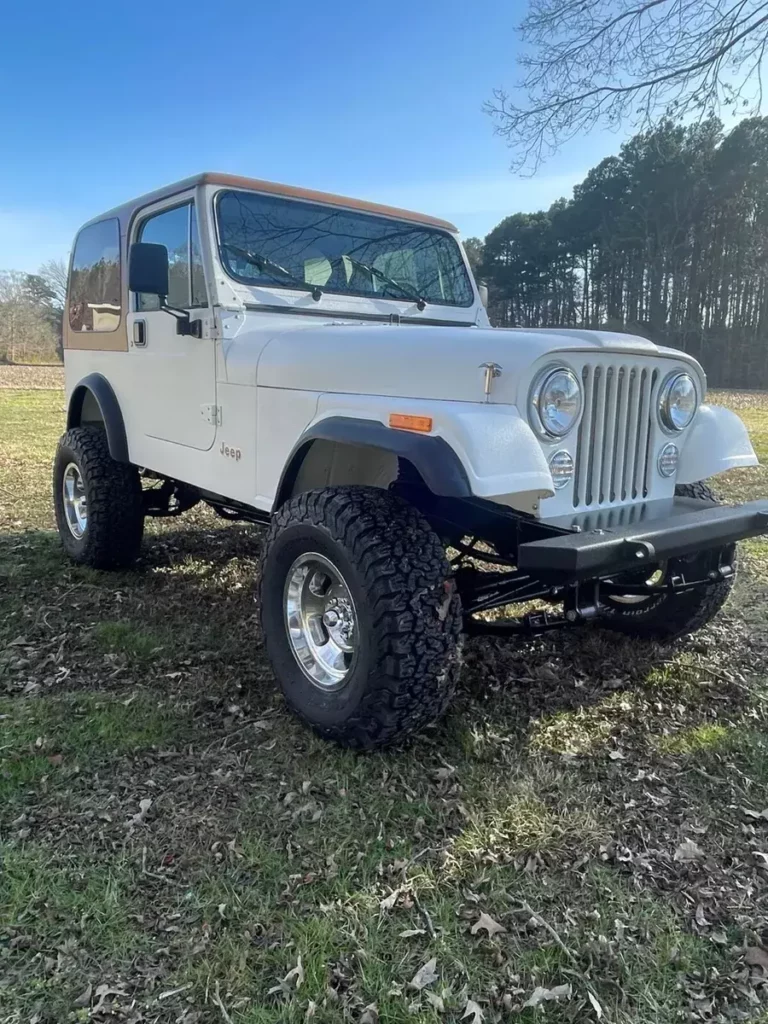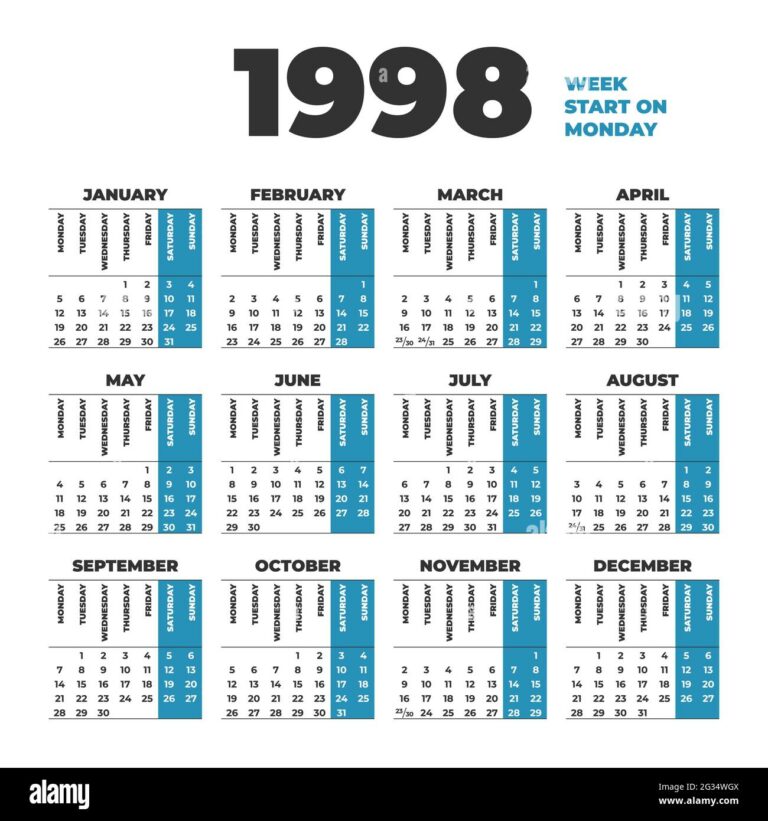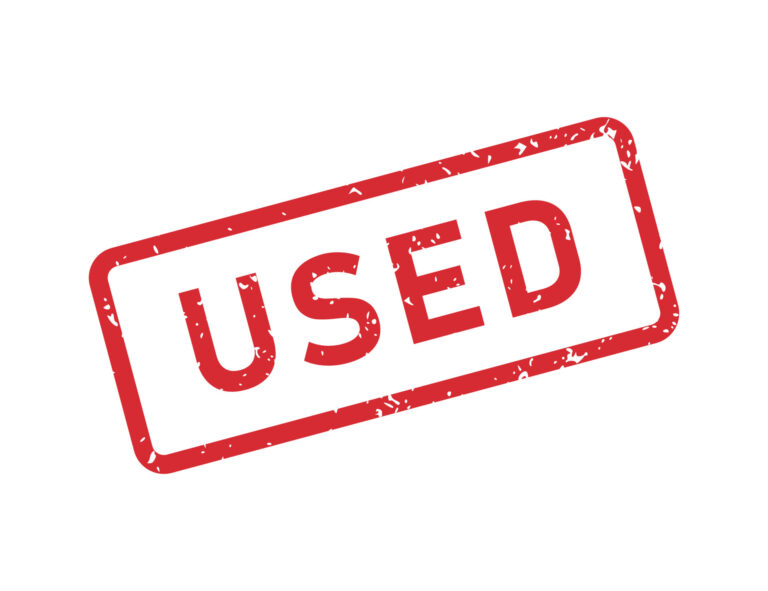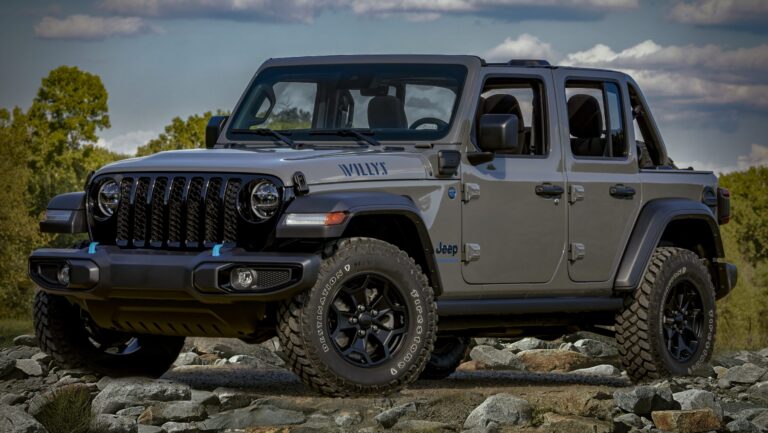07 Jeep JK 3-Inch Lift Kit For Sale: Elevate Your Adventure
07 Jeep JK 3-Inch Lift Kit For Sale: Elevate Your Adventure jeeps.truckstrend.com
The iconic Jeep Wrangler JK, particularly the early 2007 model, remains a beloved platform for off-road enthusiasts and daily drivers alike. While capable in its stock form, many owners seek to unlock its full potential, transforming it into a more formidable trail machine or simply giving it a more commanding presence. One of the most popular and impactful modifications for an ’07 Jeep JK is the installation of a 3-inch lift kit. This seemingly modest increase in height offers a significant leap in capability, aesthetics, and the sheer joy of tackling more challenging terrain.
This comprehensive guide will delve into everything you need to know about a 3-inch lift kit for your 2007 Jeep JK. From understanding its benefits and components to navigating the installation process and post-mod considerations, we aim to provide you with the knowledge to make an informed decision and confidently embark on your lifted Jeep journey. Whether you’re eyeing larger tires, better ground clearance, or simply a more aggressive stance, a 3-inch lift is often the sweet spot for a balanced and highly capable JK.
07 Jeep JK 3-Inch Lift Kit For Sale: Elevate Your Adventure
Why Lift Your 2007 Jeep JK? The Benefits of a 3-Inch Lift
Installing a 3-inch lift kit on your 2007 Jeep JK is more than just an aesthetic upgrade; it’s a fundamental enhancement that unlocks a new level of performance and versatility. Here’s why a 3-inch lift is a highly sought-after modification:
- Increased Ground Clearance: This is perhaps the most obvious and crucial benefit. A 3-inch lift raises the entire body and frame of your JK higher off the ground, significantly improving the distance between your vehicle’s lowest points (like the differentials and transfer case) and the terrain. This added clearance drastically reduces the risk of scraping, getting hung up on obstacles, or damaging vital undercarriage components when navigating rocks, ruts, and uneven trails.
- Ability to Fit Larger Tires: One of the primary reasons owners lift their Jeeps is to accommodate bigger tires. A 3-inch lift typically allows for the installation of 33-inch to 35-inch diameter tires without significant rubbing issues during normal driving or moderate articulation. Larger tires enhance traction, provide a larger contact patch, and contribute further to ground clearance, making your JK more capable in various off-road conditions, from mud to sand to rocks.
- Improved Off-Road Angles: Lifts improve your Jeep’s approach, departure, and breakover angles.
- Approach Angle: The angle between the ground and the front bumper, dictating how steep an obstacle you can approach without scraping.
- Departure Angle: The angle between the ground and the rear bumper, indicating how steep an obstacle you can descend without dragging the rear.
- Breakover Angle: The angle between the ground and the underside of the vehicle between the axles, determining your ability to clear crests and large obstacles without getting high-centered.
A 3-inch lift noticeably improves all three, allowing your JK to traverse more challenging terrain with greater ease and less risk of damage.

- Enhanced Aesthetics and Aggressive Stance: Let’s be honest, a lifted Jeep just looks better to many enthusiasts. A 3-inch lift provides a noticeable increase in height and a more aggressive, commanding presence on and off the road. When paired with larger tires, it transforms the stock JK into a head-turning, purpose-built machine that truly embodies the spirit of adventure.
- Better Articulation (with proper components): While a simple coil spacer lift might not drastically improve articulation, a full 3-inch suspension lift with extended shocks, proper control arms, and extended sway bar links can significantly increase wheel travel. This allows your tires to maintain contact with the ground over uneven terrain, improving traction and stability in challenging off-road scenarios.
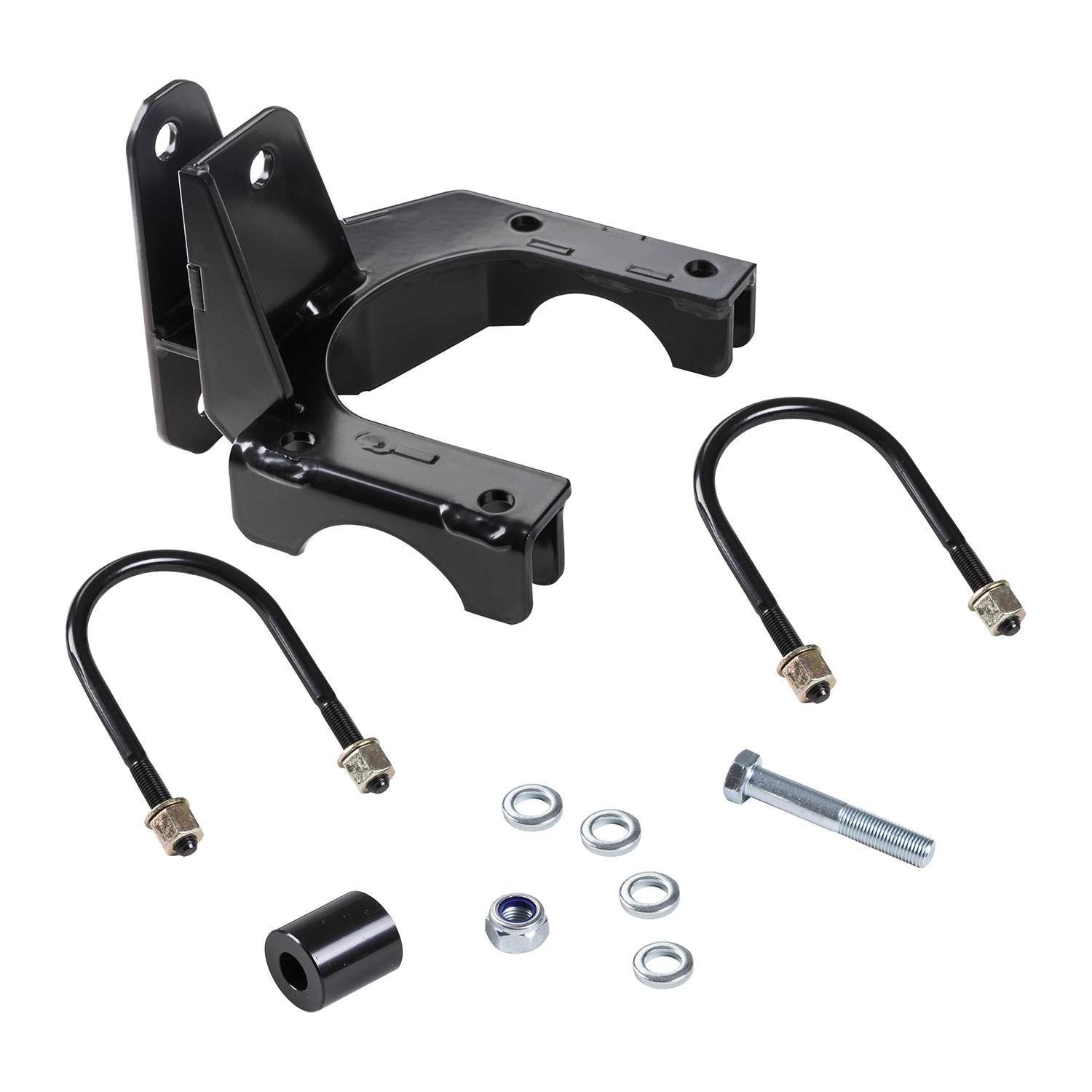
Understanding the Components of a 3-Inch Lift Kit
A 3-inch lift kit is not just a collection of taller springs; it’s a carefully engineered system designed to maintain proper suspension geometry and handling characteristics after raising the vehicle. While component lists can vary between manufacturers and price points, a comprehensive 3-inch lift kit for a 2007 Jeep JK typically includes:
- Coil Springs: These are the primary components responsible for the lift. They are taller and often have a different spring rate (stiffness) than stock springs, designed to handle the increased height and potentially heavier aftermarket accessories (like bumpers and winches).
- Shocks: Extended-length shocks are crucial to accommodate the increased suspension travel provided by the taller springs. They are specifically valved to work with the new spring rates, ensuring proper dampening and ride comfort both on and off-road. Options range from basic twin-tube designs to high-performance monotube or reservoir shocks.
- Control Arms (Optional but Recommended): For lifts of 3 inches or more, adjustable front lower control arms (or even full sets) are highly recommended. Lifting the JK changes the caster angle of the front axle, which can lead to flighty steering, reduced stability, and the dreaded "death wobble." Adjustable control arms allow you to correct the caster angle, restoring proper steering geometry and handling. Fixed control arm relocation brackets are also an option.
- Track Bars (Front & Rear): Lifting a JK shifts the axles slightly to one side. Adjustable front and rear track bars are essential to re-center the axles under the vehicle, preventing tire rubbing and ensuring proper handling and stability.
- Sway Bar End Links: The stock sway bar end links become too short with a 3-inch lift, limiting articulation and potentially binding. Extended front and rear sway bar end links are included to maintain proper sway bar function and allow for full suspension travel. Quick disconnects for the front are popular for off-road articulation.
- Bump Stop Extensions: These are crucial to prevent the tires from rubbing the fenders or other components when the suspension fully compresses. They limit upward wheel travel to protect your vehicle and tires.
- Brake Line Extensions/Relocation Brackets: Lifting the vehicle can put tension on the stock brake lines during full suspension droop. Extensions or relocation brackets ensure the brake lines are not overstretched or damaged, maintaining braking integrity.
- Exhaust Spacer (for 2-Door JKs primarily): On 2-door JKs, the front driveshaft can make contact with the exhaust crossover pipe at full droop with a 3-inch lift. An exhaust spacer moves the exhaust back slightly to prevent this. While less common on 4-door JKs, it’s a good consideration.
- Driveshaft Considerations: While less common at exactly 3 inches for 4-door JKs, a 2-door JK at 3 inches or any JK at higher lifts might eventually require an aftermarket front driveshaft due to increased operating angles that can wear out the factory Rzeppa joints. It’s a component to be aware of, though often not immediately necessary for a well-installed 3-inch lift.
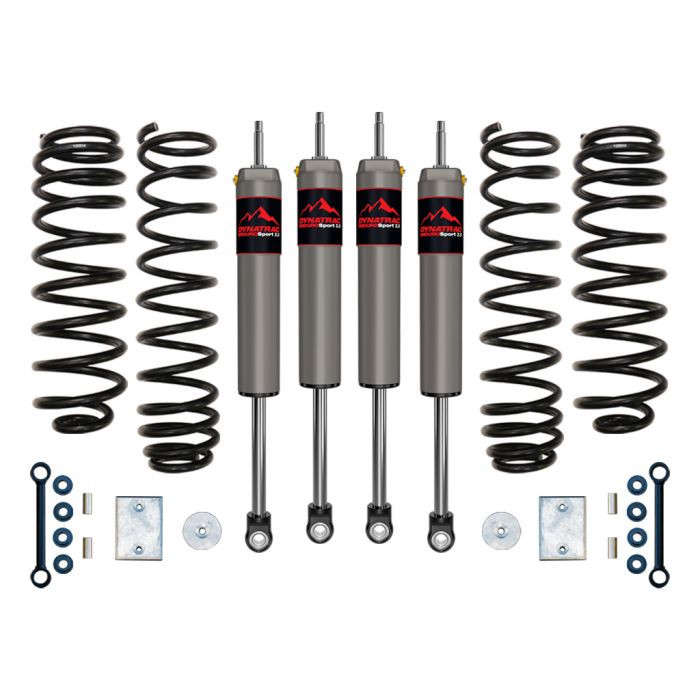
Choosing the Right 3-Inch Lift Kit for Your 07 JK
The market for Jeep JK lift kits is vast, offering options for every budget and intended use. Selecting the right 3-inch lift for your 2007 JK requires careful consideration:
- Budget: Lift kits range from a few hundred dollars for basic coil spacer kits to several thousand for premium, complete suspension systems. Define your budget early.
- Intended Use:
- Daily Driver/Light Trails: A basic coil spring lift with good quality shocks (e.g., Bilstein, Fox 2.0) and essential correction components might suffice.
- Moderate Off-Roading/Overlanding: Look for kits with adjustable control arms, better shocks, and possibly dual-rate springs for improved articulation and ride quality.
- Heavy Rock Crawling/Aggressive Wheeling: Consider premium kits with high-quality, long-travel shocks, full adjustable control arm sets, heavy-duty track bars, and components designed for extreme abuse.
- Brand Reputation: Stick with reputable brands known for quality and customer support. Popular manufacturers include TeraFlex, BDS Suspension, Rough Country, MetalCloak, AEV, Rock Krawler, and Old Man Emu. Research reviews and forum discussions.
- Kit Completeness: Beware of "bargain" kits that omit crucial components like adjustable track bars, control arms, or bump stops. While they might be cheaper upfront, you’ll likely incur additional costs and headaches later to correct issues. A complete system, even if more expensive initially, often provides better performance and fewer headaches.
- Spring Type:
- Linear Rate: Springs compress proportionally to the load. Good for consistent performance.
- Dual Rate/Progressive Rate: Springs have different rates for different stages of compression, offering a softer ride over small bumps and firming up under heavy compression or articulation. Ideal for a blend of on-road comfort and off-road performance.
- Shock Valving: Match the shocks to your driving style and the weight of your JK (consider aftermarket bumpers, winches, etc.). Some shocks are digressive (firm initially, softer later), others are progressive (softer initially, firmer later), and some are linear.
The Installation Process: What to Expect
Installing a 3-inch lift kit can be a rewarding DIY project for those with mechanical aptitude and the right tools. However, it’s also a significant undertaking that requires precision.
- DIY vs. Professional Installation:
- DIY: Requires a comprehensive toolset (jack, jack stands, torque wrench, various sockets/wrenches, possibly a spring compressor, grinder/cut-off wheel for seized bolts). It can save money but requires time, patience, and attention to detail. Refer to detailed instructions and online tutorials.
- Professional: Recommended if you lack experience, tools, or time. A reputable off-road shop will have the expertise to ensure proper installation, alignment, and troubleshoot any issues. This is often the safest and most efficient route.
- General Steps (Simplified):
- Preparation: Lift the Jeep safely on jack stands, remove wheels, disconnect sway bar links, brake lines (or brackets), and shock mounts.
- Removal: Carefully remove stock coil springs, shocks, and any other components being replaced. Be prepared for seized bolts, especially on older JKs.
- Installation: Install new coil springs, extended shocks, bump stop extensions, new control arms (if applicable), track bars, and extended sway bar links.
- Reconnection: Reconnect brake lines (ensure proper routing and no kinks), reattach sway bars.
- Torqueing: Crucially, all suspension bolts must be torqued to factory specifications with the full weight of the vehicle on the suspension (at ride height). This prevents premature bushing wear.
- Final Checks: Double-check all connections, clearances, and ensure nothing is binding.
- Potential Challenges: Rusted bolts are a common issue on older Jeeps. Having a good penetrant, breaker bar, and possibly a torch or grinder can be essential. Proper indexing of coil springs and control arms is also critical.
Post-Installation Considerations and Maintenance
The job isn’t over once the last bolt is torqued. Several crucial steps ensure your lifted 07 JK performs safely and optimally:
- Professional Alignment: This is non-negotiable. Lifting the Jeep alters suspension geometry. A professional alignment will correct caster, camber (though less adjustable on a JK), and toe settings, which are vital for steering feel, tire wear, and stability.
- Tire Selection and Clearances: With a 3-inch lift, 33-inch tires are generally a perfect fit. 35-inch tires might require flat fenders, more bump stop extension, or wheel spacers (with proper backspacing) to prevent rubbing during full articulation. Test articulation slowly to identify any contact points.
- Braking Performance: Larger, heavier tires increase rotational mass, which can impact braking performance. Consider upgrading brake pads, rotors, or even a big brake kit if you plan on running very heavy 35-inch tires or more.
- Gearing Considerations: Larger tires effectively change your final drive ratio, making the engine work harder. For 35-inch tires, especially with the 3.8L engine in the 2007 JK, a re-gear (changing differential gears) to 4.88:1 or 5.13:1 is highly recommended to restore power, improve fuel economy, and reduce strain on the drivetrain. For 33s, it’s less critical but still beneficial.
- Speedometer Recalibration: Larger tires mean your speedometer will read inaccurately. A programmer (e.g., AEV ProCal, Superchips Flashpaq) can recalibrate your speedometer and adjust other parameters for optimal performance.
- Regular Checks: Periodically check all suspension bolts for proper torque, inspect bushings for wear, and examine shocks for leaks. Off-roading can put significant stress on components, so preventative maintenance is key.
Table: Estimated Pricing for 07 Jeep JK 3-Inch Lift Kits
Please note: Prices are highly variable based on brand, components included, sales, and geographical location. These are estimated ranges for new kits. Installation costs are separate.
| Kit Type / Brand Example | Key Components Included | Estimated Price Range (USD) | Pros | Cons |
|---|---|---|---|---|
| Basic Spacer Lift | Coil Spacers, Shock Extensions, Sway Bar End Links | $200 – $400 | Most affordable way to gain height, easy DIY install. | No performance improvement, limited articulation, harsher ride. |
| Entry-Level Coil Lift | Taller Coil Springs, Extended Shocks, Extended Sway Bar Links | $500 – $900 | Better ride than spacers, increased travel, affordable. | May not include track bars/control arms for full geometry correction. |
| Mid-Range Performance | Coil Springs, Performance Shocks, Track Bars (adj.), Sway Bar End Links, Bump Stops | $1,000 – $1,800 | Balanced performance, good ride, includes essential geometry correction. | May not include adjustable control arms for optimal caster. |
| Premium Complete System | Dual-Rate/Progressive Coils, High-End Shocks (e.g., Fox/King), Full Adj. Control Arms, Adj. Track Bars, HD Drag Link/Tie Rod, Exhaust Spacer, Brake Line Ext. | $2,000 – $4,500+ | Best ride quality, maximum articulation, superior durability, complete geometry correction. | Highest cost, potentially more complex installation. |
Self-installation cost: Varies based on tools you own. Professional installation: Typically $500 – $1500+ depending on complexity and shop rates.
Frequently Asked Questions (FAQ) about 07 Jeep JK 3-Inch Lift Kits
Q1: Do I need new driveshafts for a 3-inch lift on a 2007 JK?
A1: For a 4-door JK, a 3-inch lift usually does not necessitate immediate driveshaft replacement. However, for 2-door JKs, or if you plan on heavy articulation, the front driveshaft’s Rzeppa joint can wear prematurely at 3 inches. It’s often an "eventual" upgrade rather than an immediate requirement.
Q2: What tire size can I run with a 3-inch lift on my 07 JK?
A2: Most 3-inch lifts comfortably clear 33-inch tires. With proper wheel backspacing and/or flat fenders, many owners can fit 35-inch tires, though some minor rubbing at full articulation or steering lock might occur without additional modifications like extended bump stops.
Q3: Will a 3-inch lift void my warranty?
A3: For a 2007 Jeep JK, the factory warranty has long since expired. However, if you are purchasing a used JK with an extended warranty, modifications like a lift can affect coverage for related components (e.g., suspension, drivetrain). Always check your specific warranty terms.
Q4: How long does it take to install a 3-inch lift kit?
A4: For an experienced mechanic, a 3-inch lift can be installed in 4-8 hours. For a DIYer, especially tackling it for the first time, it can take anywhere from 10-20 hours, spread over a weekend, particularly if you encounter rusted bolts or unexpected issues.
Q5: Do I need to re-gear my differentials with a 3-inch lift?
A5: For 33-inch tires, re-gearing is not strictly necessary but can improve performance, especially if you have 3.21 or 3.73 stock gears. For 35-inch tires, especially with the 3.8L engine in the 2007 JK, a re-gear (e.g., to 4.88 or 5.13) is highly recommended to restore power, optimize fuel economy, and reduce strain on the transmission and engine.
Q6: What’s the difference between a coil spacer lift and a coil spring lift?
A6: A coil spacer lift uses polyurethane or aluminum spacers placed on top of your existing coil springs to gain height. It’s inexpensive and easy to install but doesn’t improve ride quality or articulation. A coil spring lift replaces your factory coil springs with taller, often higher-performance springs, designed to provide both lift and improved ride/articulation when paired with appropriate shocks.
Conclusion
A 3-inch lift kit for your 2007 Jeep JK represents a pivotal upgrade, significantly enhancing its off-road prowess, allowing for larger tires, and transforming its aesthetic appeal. By understanding the components involved, choosing a kit that aligns with your needs and budget, and ensuring proper installation and post-mod maintenance, you can unlock a new realm of adventure for your beloved JK.
Whether you’re a seasoned off-roader or just beginning to explore the trails, a well-chosen and correctly installed 3-inch lift will undoubtedly elevate your Jeep JK experience, turning every journey into an opportunity for discovery and excitement. Invest wisely, install correctly, and enjoy the commanding presence and enhanced capability of your lifted 07 Jeep JK.

